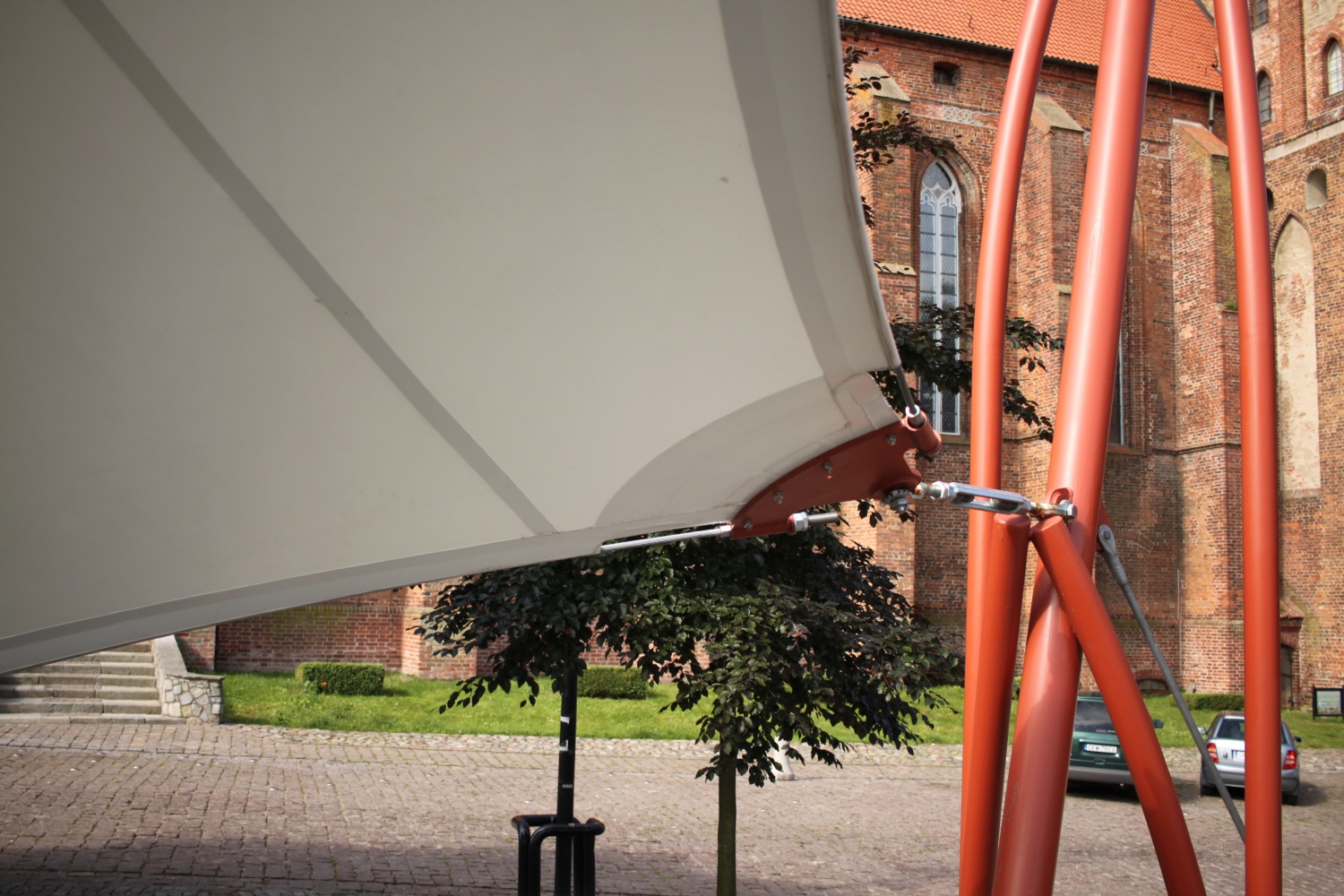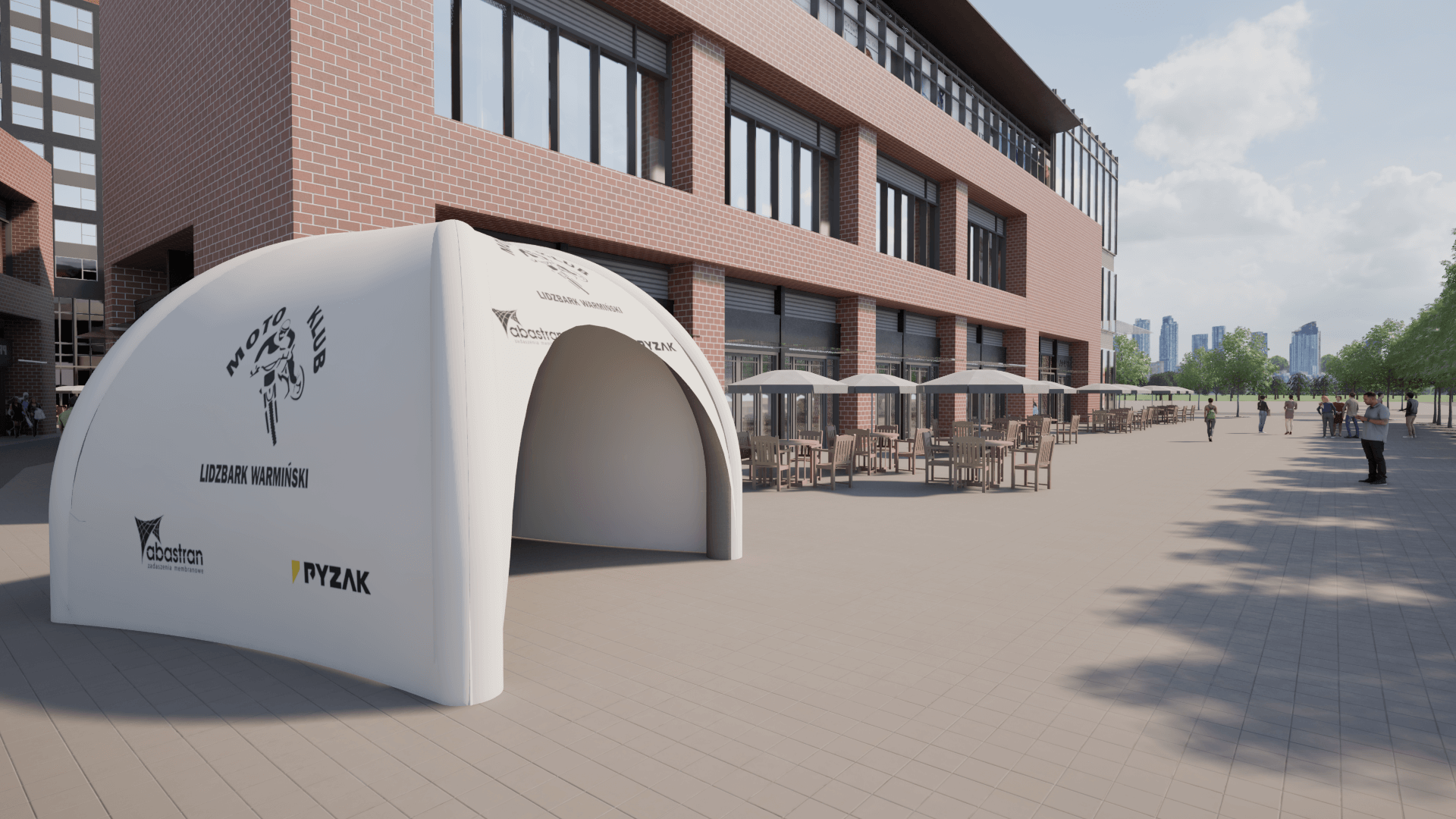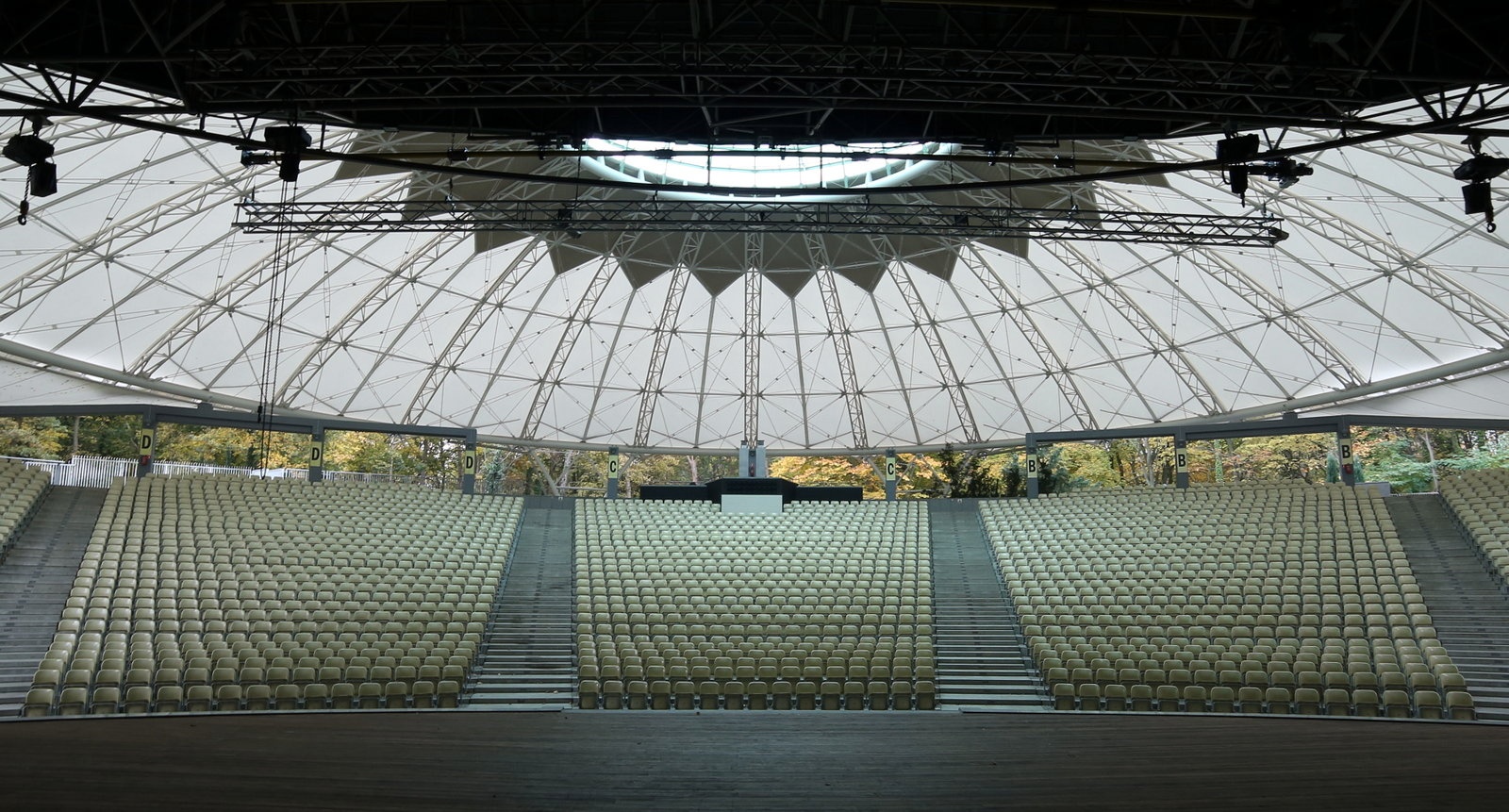
What to Consider When Designing Steel Structures?
Designing steel structures is one of the key processes in modern construction. Steel, as a construction material, has wide applications in the construction of industrial halls, warehouses, bridges, and commercial buildings. To ensure a successful project, it is essential to consider many technical factors, from the strength of the structure to compliance with applicable standards. In this article, we will discuss what to pay attention to when designing steel structures to ensure the stability, safety, and durability of the building.
Guidelines for Designing Steel Structures
Designing steel structures requires precise calculations and planning. The strength of the steel structure depends on this. Here are several factors that are crucial in this process:
Loads and Load Capacity of the Structure
The foundation of any steel structure project is the loads that must be accurately analyzed. The choice of materials and construction solutions depends on these loads. The load capacity of the steel must match the planned loads, such as the self-weight of the structure, dynamic forces (wind, snow), and live loads.
Stability and Connections
One of the key elements affecting the stability of a steel structure is properly designed steel connections. Poor connections can lead to dangerous situations, such as weakening the entire structure. It is also important to apply appropriate corrosion protection measures to safeguard the steel against weather elements and corrosion.
Guidelines and Standards for Designing Steel Structures
Every steel structure project must comply with applicable regulations and standards. Design standards, such as Eurocodes, specify the requirements for the strength, stability, and safety of structures. Adhering to these guidelines is crucial to ensure the project’s compliance with building regulations.
Selection of Materials and Structural Elements
Choosing the right materials, such as structural steel or steel profiles, is vital for the durability and effectiveness of the project. The elements of the steel structure must be tailored to the type of building and the anticipated loads. The selection of steel with appropriate parameters (e.g., corrosion resistance) impacts the longevity of the entire structure.
Stages of Designing a Steel Structure
The process of designing steel structures consists of several stages that must be precisely executed according to the investor’s requirements and technical standards.
Analysis of Investor Requirements
The first step in designing steel structures is a thorough analysis of the investor’s requirements. At this stage, engineers gather information regarding the function of the building, aesthetic expectations, and budget. These details influence the subsequent phases of the project, such as material selection and assembly method.
Development of the Preliminary Design
The next step is to develop a preliminary design for the steel structure. Engineers prepare initial construction drawings that define the shape and dimensions of the building. At this stage, CAD software is often used to model and analyze the design in three-dimensional space. This allows for identifying potential construction issues and finding optimal solutions.
Preparation of Detailed Documentation
Technical documentation is created based on the preliminary plans. It includes construction drawings, static calculations, and material specifications. Calculations for steel structures are a crucial element of this phase as they allow for the precise determination of strength and stability of the entire structure. Documentation regarding steel connections and corrosion protection measures is also essential.
Modern Technologies in Designing Steel Structures
Modern software for designing steel structures offers advanced tools that facilitate work for engineers and designers. Structural design programs enable accurate modeling and simulation of various loading scenarios, allowing for a better understanding of how the structure will behave under real conditions.
CAD software and numerical analysis tools also enable project optimization, elimination of potential design errors in steel structures, and minimization of material costs. Thanks to modern technologies, designers can continuously analyze and modify the project, increasing its precision and efficiency.
Summary
Designing steel structures is a complex process that requires considering many technical factors, such as loads, stability, building codes, and the selection of appropriate materials. A properly designed steel structure is not only durable and strong but also economical and compliant with the latest technological guidelines. It is crucial for the project to be prepared by experienced engineers who can combine theoretical knowledge with practical application.
If you are looking for a professional team to execute your steel structure project, Abastran offers comprehensive support at every stage of implementation. Contact us for more information about our services.
👉 Contact us and discover our solutions for designing steel structures!

Advertising Tents as an Investment – How to Increase Brand Recognition at Events?


Competition for Innovative Membrane Roofing – Results and Inspirations
This year, we had the pleasure of organizing a competition together with the Faculty of Architecture at the Silesian University of Technology for 6th-semester students to design innovative membrane roofing. The award ceremony, held at the Faculty of Architecture in Gliwice, was the culmination of the young designers’ creative and technical journey.








